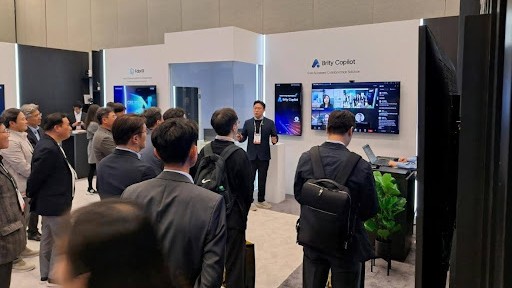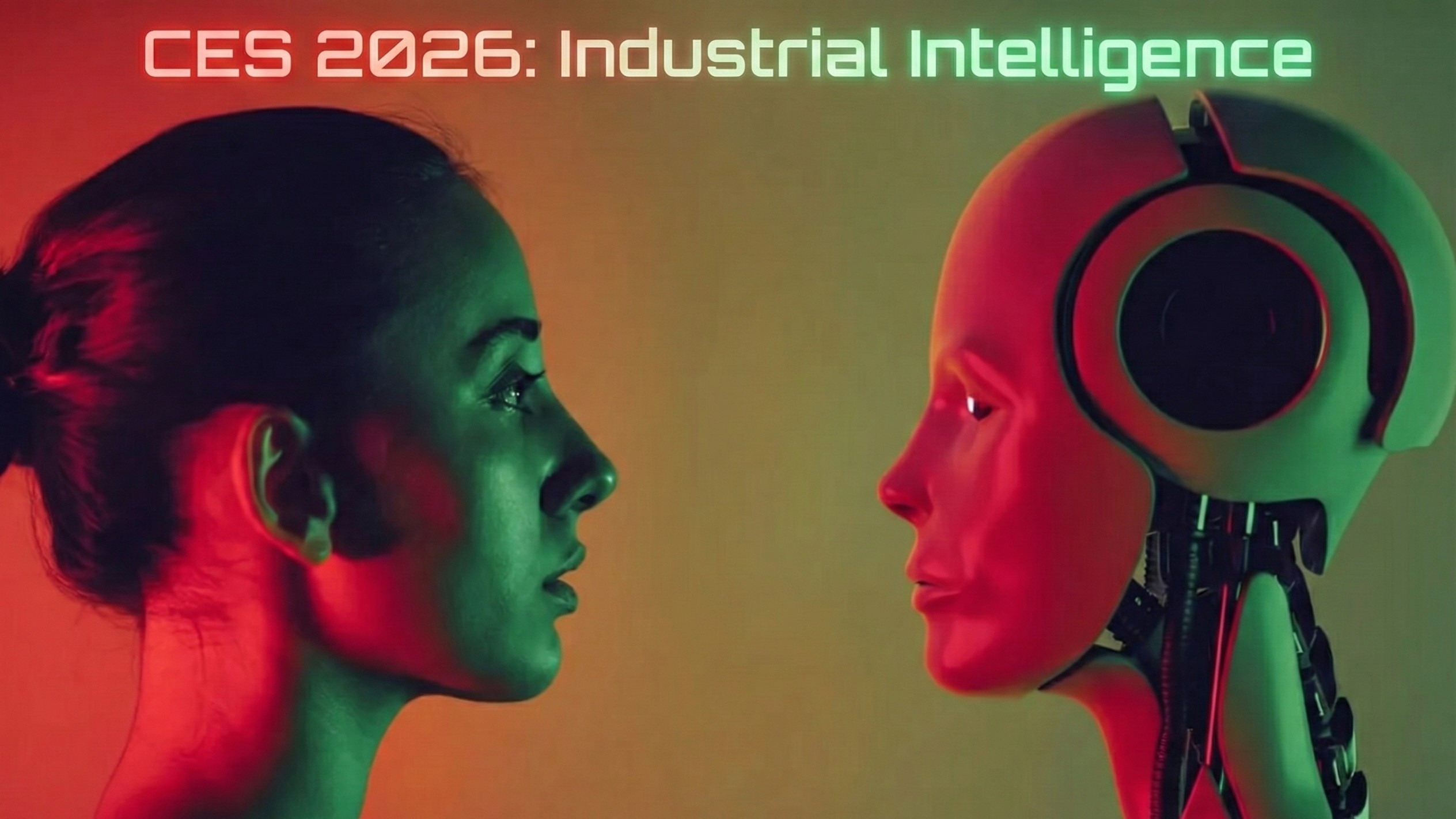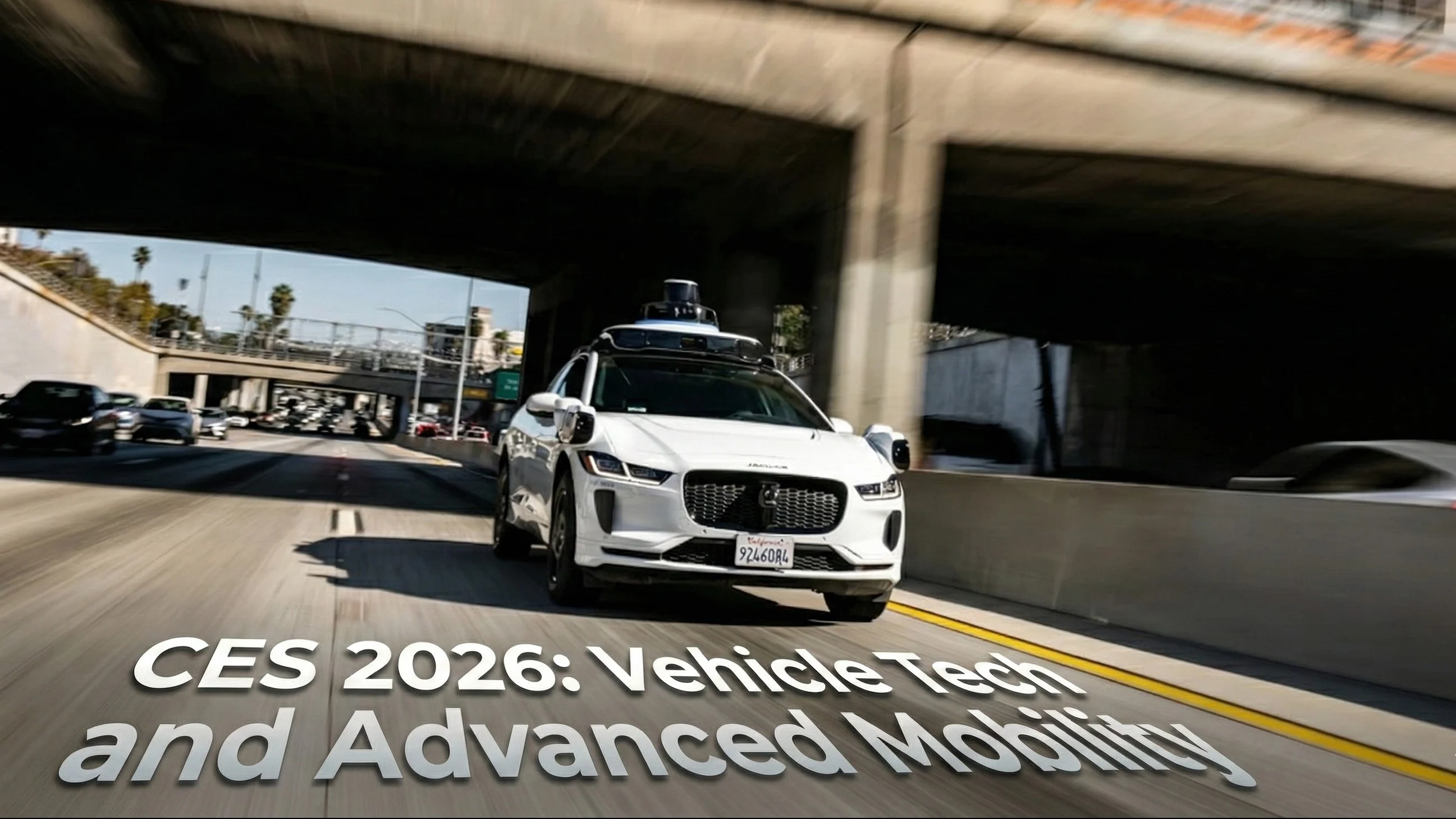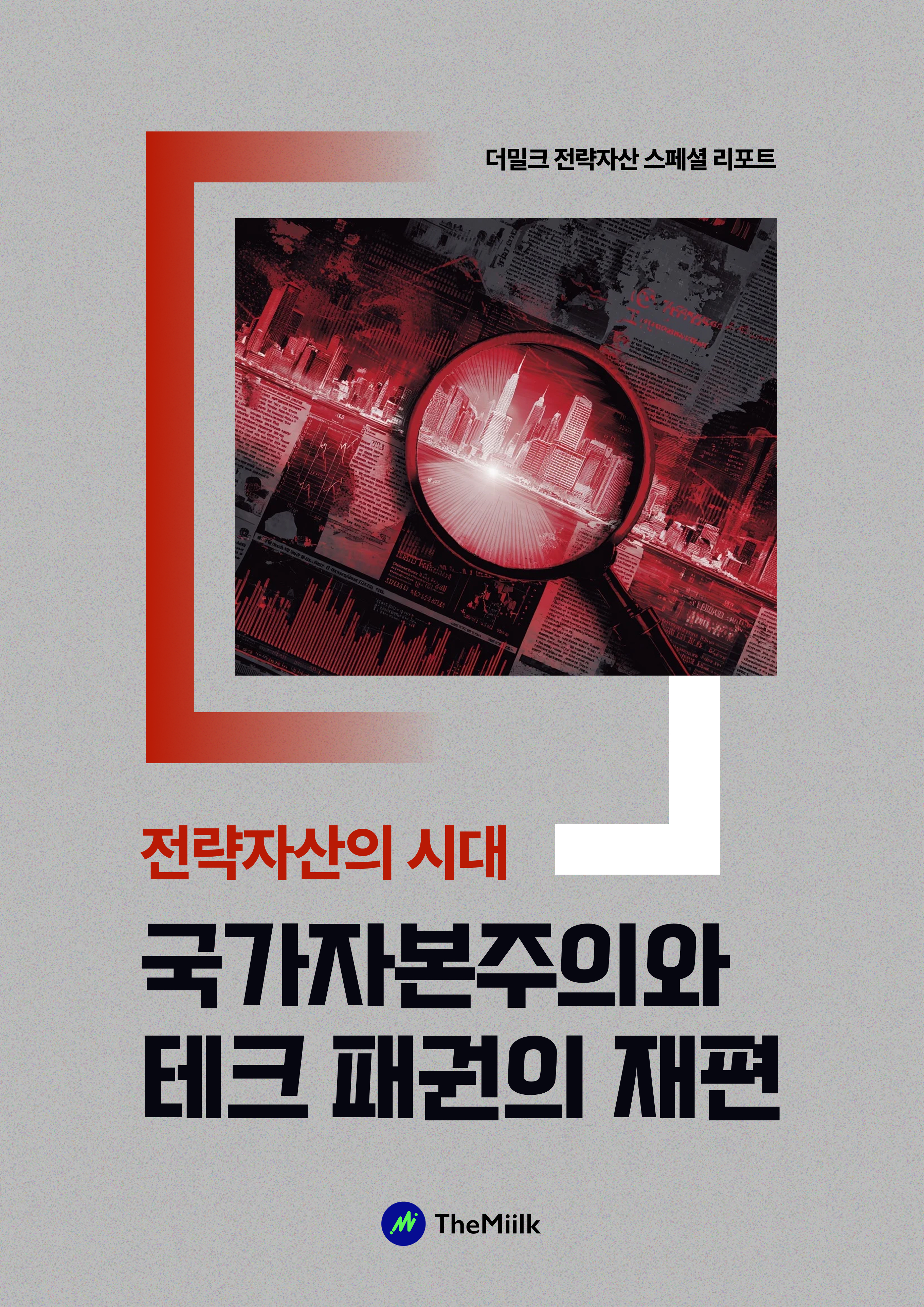BANF drives into the future with tire safety system

South Korean startup tries to ensure vehicle safety with tire solutions in the era of autonomous driving.
Tires will play a vital role in vehicle safety, even with the advent of autonomous driving. In the trucking industry, in particular, tire safety is expected to be crucial, as trucks will be operational around the clock. Despite this importance, tire safety often receives less attention from the public and even industry players.
Leading truck manufacturers worldwide pay a great deal of attention to drivers’ faults, which is the most common cause of car accidents,” said Adam You, CEO of BANF, in his presentation during COMEUP2023 held from Nov 8-10 in Seoul. “BANF expects tire tech to garner greater attention to keep drivers safe in the era of autonomous driving as it’ll no longer be necessary for drivers to actively operate the vehicle,” he added.
Tire issues are indeed as significant as other causes of accidents. According to research cited by the firm, damaged tires constitute the second most common cause of car accidents, accounting for around 30% of accidents annually. The startup develops solutions that analyze data from tire-mounted sensors to improve safety and efficiency.
Founded in 2020, the company secured a total of 6.7 billion won ($5 million) in funding. The company made the list of 40 for a pitching competition where a total of 960 startups across the world participated during the three-day global startup event. The Miilk had the opportunity to interview Ron Lee, Head of Business Development at the tire safety solution firm. He shared insights into their solutions and the importance of tires in the safety of autonomous truckers. Below are excerpts from the interview.
Q: Despite tire safety issues ranking as the second most common cause of accidents, it seems like tire safety technology has not made significant advancements for a long time. What are the reasons?
Lee: Established manufacturers of vehicles and tires have made various attempts to develop tire safety systems behind the scenes, including those utilizing wires, induction, RF, vibrator, and battery. However, they have faced technical hurdles. For instance, wires can be easily damaged, inductive solutions require a narrow gap between the vehicle body and tires, and the vibrator works only when traveling above 30 kilometers per hour. There are still many challenges in developing tire safety solutions, but BANF holds outstanding techniques for wireless power, sensor, interface, and signal processing algorithm technology. That’s why the firm has been selected as a partner for leading players in the trucking industry.
Q: Cost-effectiveness will likely be important in adopting tire safety solutions. Please explain how effective BANF’s solution is.
Lee: Based on real-world driving data, BANF provides a 15% improvement in fuel efficiency, a 10% reduction in tire wear, and a 20% reduction in time to repair. We are currently serving trucking companies that record the highest mileage in ground transportation. We will be targeting autonomous trucking companies that operate trucks 24 hours a day. When autonomous driving is in place, accidents caused by drivers’ faults will reduce dramatically. Then, the tire safety issue will be at the center. Currently, an accident involving logistics trucks results in 100 million won in financial damage. BANF would like to solve the safety issue arising from tires.
Q: Since its inception in 2020, BANF may have accrued a great amount of data on tires. How would you use data to improve safety?
Lee: With BANF’s solutions, it collects data about temperature, pressure, tire tread, wheel alignment optimization, and loose lug nut detection. The company is also developing a solution that can gauge the weight of loads and check the real-time conditions of the chassis. In addition, since tires are the only contact surface on the road, we can read the road surface condition very accurately. Therefore, we can identify the road friction coefficient as a mule value, which indicates road slipperiness (including black ice that CCTV or lidar cannot capture), pothole depth, and asphalt temperature. The company is currently working together with high-definition map developers, mobile mapping firms, and cooperative-intelligent transport system companies for projects.
Q: In the global market, it seems that road conditions are different in each region. I wonder if the BANF solution is applicable to most roads and tires.
Lee: Yes, of course. Therefore, we are working with European partners to secure more data in winter in Sweden and develop additional features.
Q: When will the BANF solution be ready for commercialization?
Lee: The solution that provides real-time information on tire pressure, temperature, tire tread, wheel alignment optimization for fuel and tire efficiency, loose lug nuts detection, and road surface will be officially launched at CES next January.
Q: Please tell us about your experience in business since the establishment of BANP in December 2020 and what your goals are for the next three years and beyond.
Lee: Our company name, BANF, is actually an acronym for ‘Begin A New Future.’ If we call the seatbelt the first generation for vehicle safety, and the airbag the second, BANF wants to make the tire safety system the third generation. After 3 years, we want to expand to each major region (China, USA, and Europe) and achieve a 0.5% market share of the entire trucking market.









